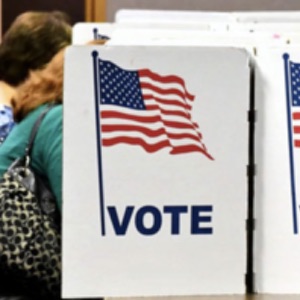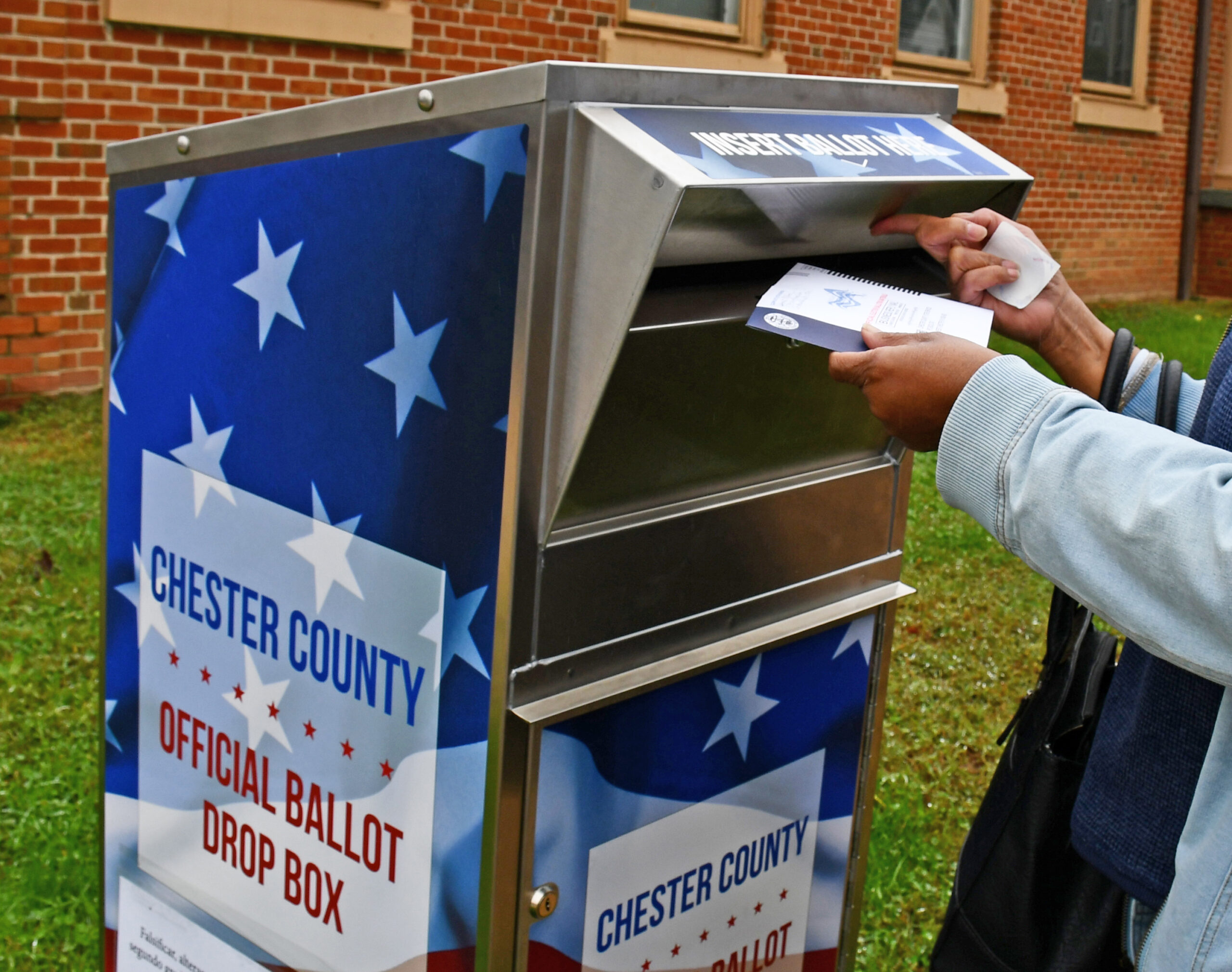
First, let’s get this out of the way: I am not a New Jersey hater.
Keep your “what exit” and “which mob boss” jokes to yourself. Some of my happiest childhood memories are centered at the shore. (“Downashore,” as we say in Philly.)
I loved Chris Christie before he became the CNN Avenger against Trump, and forgave him that unfortunate affection for the Dallas Cowboys because he was a true maverick — long before John McCain ever coined the term.
Jersey tomatoes are the best in the world. Bruce Springsteen rocks (literally). And Miss New Jersey, Suzette Charles, deserved to be named Miss America even before she took the crown from a disqualified Vanessa Williams forty-some years ago.
But how on God’s earth did WalletHub rank New Jersey the second best state to live in, after Massachusetts, but Pennsylvania ranks only number 14?
I say this, not as a lifelong Philadelphian who is fully aware of our blemishes (over 500 homicides a year, huge potholes, Mayor Jim Kenney), but as someone who has traveled throughout our beautiful commonwealth and knows that anything Jersey can do, Pennsylvania can do better.
Leaving aside our politicians, who at this moment are about as mediocre as Jersey luminaries like Love Guv Jim McGreavey and several indicted South Jersey mayors, Pennsylvania has given the country a lot to appreciate, including: Mario Lanza, Mr. Rogers, Joe Montana, Joe Namath, Dan Marino, Chuck Bednarik, several Super Bowls, Shirley Jones, Jimmy Stewart, Sharon Stone, Ed Bradley, Tammi Terrell, Patty LaBelle, and Bill Cosby (he still rates major props for this writer).
And the most important thing other than Scrapple: Independence.
Were it not for this commonwealth, there would essentially be no United States. Our spirit was set ablaze at Independence Hall, our character was strengthened and molded at Valley Forge, and a century later, the ultimate sacrifice was made to preserve our union at Gettysburg. No other single state has given as much to this country as my beloved Pennsylvania.
While this may not make us “livable” enough for the jaded folks at WalletHub, it should at least give us some consideration in the Top 10.
Not everyone agrees with me, of course, and some are showing it with their feet. According to the U.S. Census, New Jersey’s population grew by 5.2 percent from 2010 to 2020, while Pennsylvania grew by just 2.4 percent. While both are well below the national 7.4 percent average, our growth was so anemic it cost us a congressional seat. That’s a problem.
Meanwhile, on Facebook, the debate rages.
Frank Clayton, a Hamilton, N.J. resident, said there, “Pennsylvania’s roads and signage should place Pennsylvania in last place.” On the other hand, Clayton said, “I can’t wait to get out of N.J.” He eventually hopes to relocate to Sarasota, Fla.
Also, on Facebook, Jenkintown resident Allison Durkin said, “I can’t imagine living in New Jersey. The roads, etc. But I hear it’s the greatest state to hike the Appalachian Trail in.”
Bryn Mawr resident Jim Yannopoulos also responded on Facebook.
“New Jersey is flat and ugly. And taxes are ridiculously high. I guess Pennsylvania, but since Massachusetts is ranked No. 1, can I choose that? Actually, I think No. 3, New Hampshire is nicer.
“All these rankings are dependent on the factors chosen and how they are weighted. I’ve seen other rankings with Utah and Montana as the best,” he added.
Cherry Hill resident Mike Mathis took issue with Yannopoulos.
“Guess you’ve never been to the northwestern part of New Jersey or the Pinelands,” Mathis said.
And Cheltenham denizen Alan Fels added, “Pennsylvania rules! Jersey is just Jersey!”
Amen, Brother Fels.
Besides the history and this debt that can never be repaid, Pennsylvania is the entire American experience in one state. We have the blue-collar heart of Baltimore, the street savvy of Brooklyn, the institutional knowledge of Washington, the horrific accent “one diphthong removed” of Boston, the natural beauty of any western state (just travel the Pennsylvania Turnpike in October and look up), and are still one of the key industrial hubs of this nation.
It’s true that we have lost some population to warmer climates, but what we lose in retirees, we gain in the young people who come to our amazing colleges and then stay, making this an even more amazing place to live.
So, to the people at WalletHub, I wish you luck on that cataract surgery you’ll need in the future. Clearly, you can’t see a thing.












